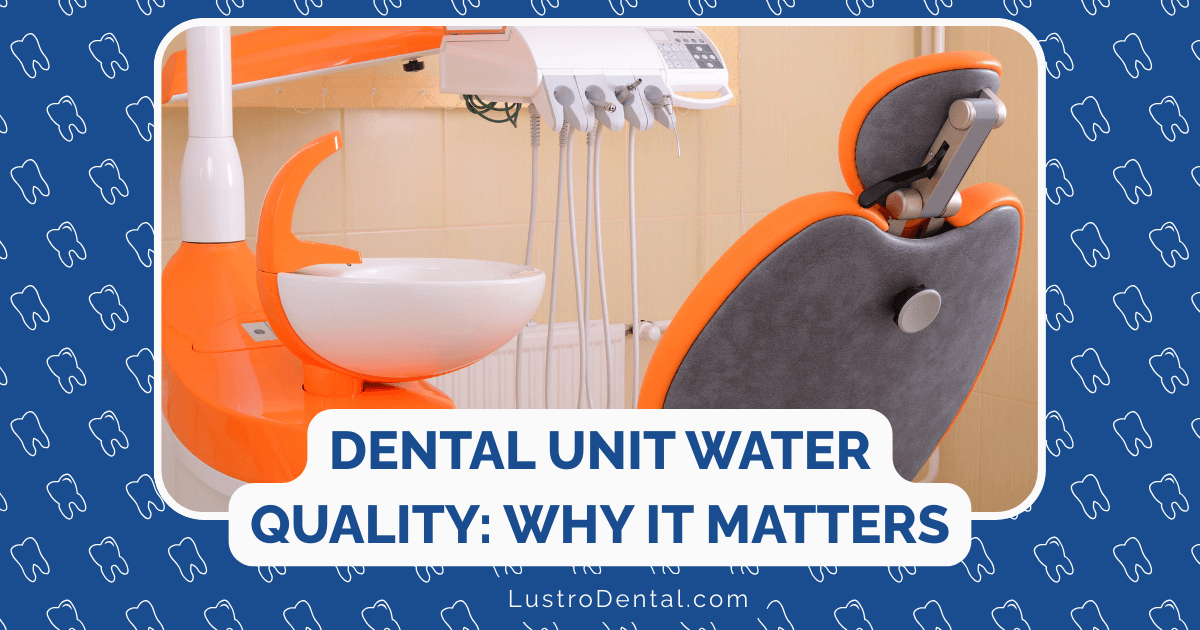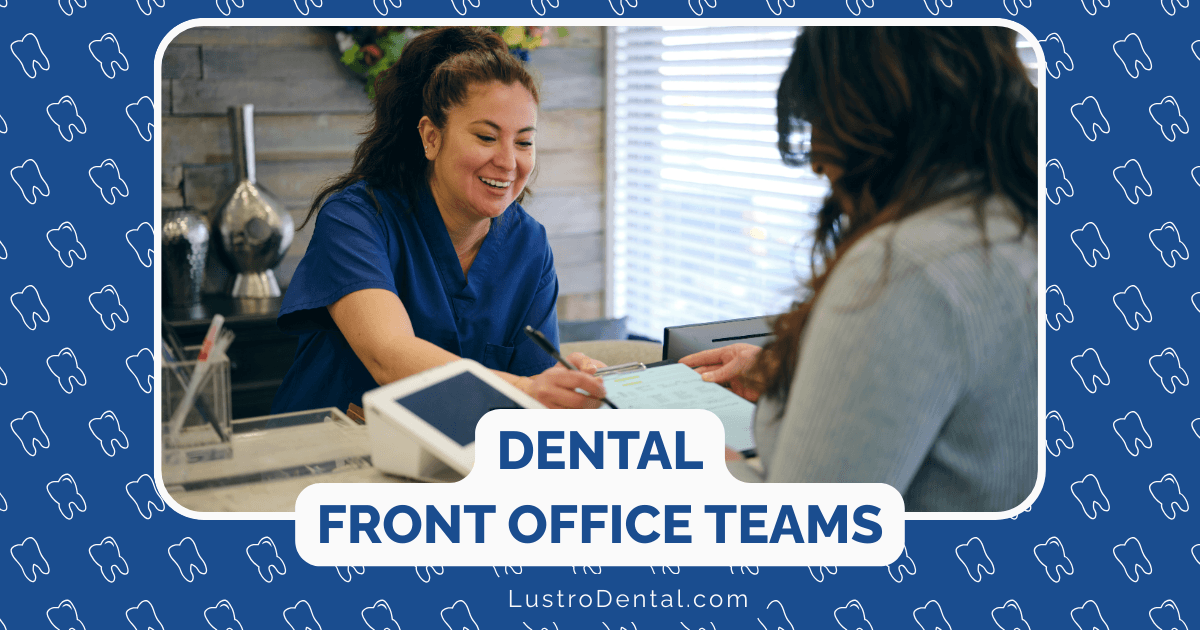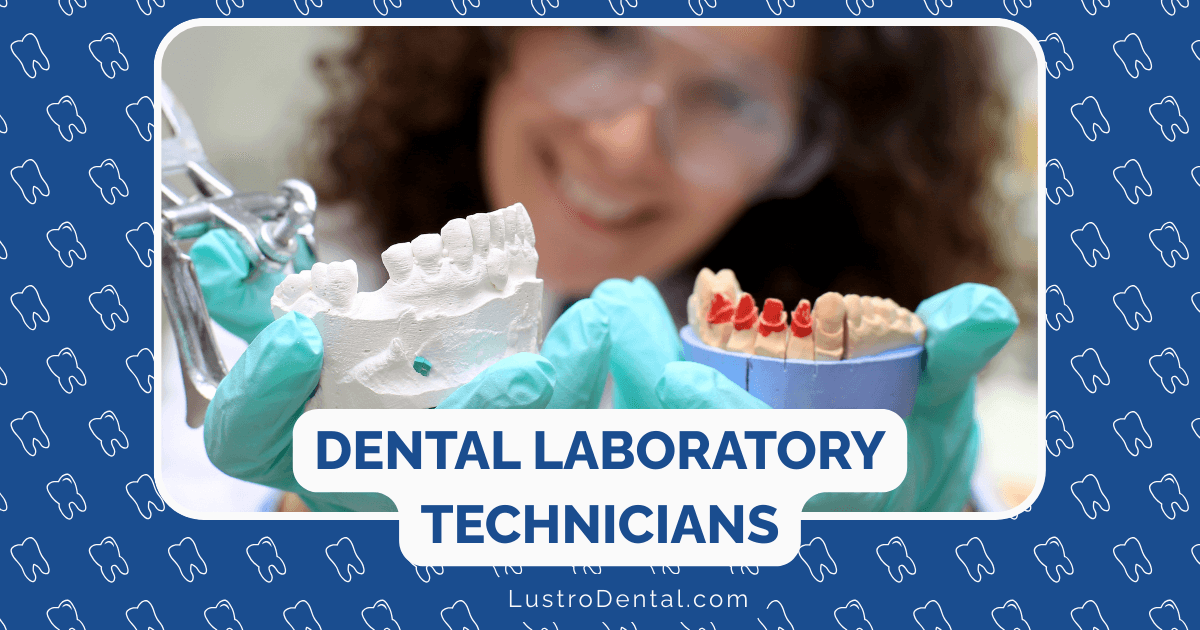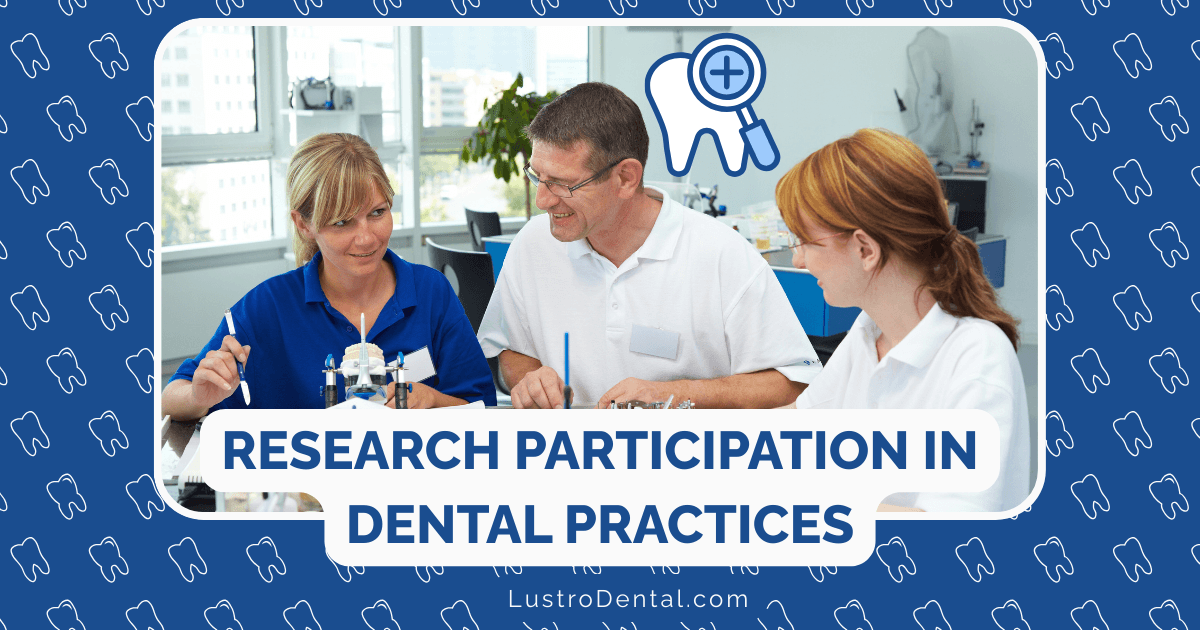Water Quality in Dental Units: Standards and Monitoring

When you settle into a dental chair for treatment, the last thing on your mind is likely the quality of the water flowing through the equipment. Yet this often-overlooked aspect of dental care represents one of the most significant infection control challenges in modern dentistry. The complex network of narrow-bore tubing that delivers water to dental handpieces, air/water syringes, and ultrasonic scalers—collectively known as dental unit waterlines (DUWLs)—creates an ideal environment for microbial growth and biofilm formation.
In this comprehensive guide, we’ll explore the critical standards governing dental unit water quality, the science behind waterline contamination, and the monitoring protocols essential for maintaining safe water delivery systems in dental practice.
Understanding the Challenge: Why Dental Unit Water Quality Matters
Dental unit waterlines present a unique challenge for infection control. Their narrow diameter (typically less than 3mm), low flow rates, and intermittent usage create conditions that promote bacterial colonization and biofilm formation.
“Biofilm is essentially a complex community of microorganisms that adheres to surfaces and is enclosed in a matrix of extracellular polymeric substances,” explains Dr. Jennifer Harmon, infection control specialist at the University of Michigan School of Dentistry. “Once established in dental waterlines, biofilm serves as a reservoir for continuous bacterial contamination of the water flowing through the system.”
This contamination poses potential risks to both patients and dental professionals, particularly:
- Exposure to opportunistic pathogens: Including Pseudomonas, Legionella, and nontuberculous Mycobacteria
- Increased risk for immunocompromised patients: Those with weakened immune systems face greater vulnerability
- Compromised procedural outcomes: Particularly during surgical procedures where sterile irrigation is essential
- Occupational exposure: Dental professionals face daily exposure to aerosolized water during procedures
The significance of this issue was highlighted in October 2022 when the Centers for Disease Control and Prevention (CDC) issued a health advisory regarding dental unit waterlines after outbreaks of Mycobacteria infections in pediatric dentistry practices. These outbreaks affected over 1,000 patients, with dozens requiring surgical intervention—a sobering reminder of the importance of waterline quality management.
Regulatory Standards: What Constitutes Safe Dental Unit Water?
The 500 CFU/mL Threshold
The cornerstone standard for dental unit water quality comes from the Environmental Protection Agency (EPA), which established in 1986 that potable (drinking) water should contain no more than 500 colony-forming units per milliliter (≤500 CFU/mL) of heterotrophic bacteria.
In 2003, the CDC applied this same standard to dental settings in its “Guidelines for Infection Control in Dental Health-Care Settings.” This recommendation has been consistently reaffirmed, including in the CDC’s forthcoming 2025 updated guidelines.
According to the American Dental Association (ADA), “For nonsurgical dental procedures, water delivered to patients through the dental unit should meet the regulatory standards for drinking water (≤500 CFU/mL of heterotrophic water bacteria) established by the Environmental Protection Agency (EPA).”
Surgical Standards: Zero Tolerance
For surgical dental procedures, the standard is significantly more stringent. The CDC mandates that only sterile solutions (water or saline) should be used as coolants or irrigants, delivered through devices specifically designed for sterile delivery.
This higher standard reflects the increased risk associated with surgical procedures where water may contact normally sterile tissues.
State-Specific Regulations
While the CDC guidelines provide a national framework, individual states have begun implementing specific regulations regarding dental unit water quality:
- Washington State: In January 2022, Washington implemented additional regulations beyond the 2003 CDC guidelines, requiring documented waterline testing and maintenance.
- California: Has developed legislation requiring regular dental unit waterline testing and documentation.
- Georgia: Has implemented additional requirements for dental water quality monitoring.
According to ProEdge Dental Water Labs, 33 states currently require compliance with CDC and EPA guidelines for dental unit waterline maintenance, with more expected to follow suit in the coming years.
The Science of Contamination: How Waterlines Become Compromised
Understanding the mechanisms of waterline contamination is essential for effective prevention and management.
Biofilm Formation Process
Biofilm development in dental unit waterlines follows a predictable pattern:
- Initial Adhesion: Free-floating (planktonic) bacteria attach to the inner surfaces of waterlines
- Colonization: Bacteria multiply and begin producing an extracellular polymeric substance (EPS)
- Maturation: The biofilm develops a complex three-dimensional structure
- Dispersion: Portions of the biofilm detach and contaminate the flowing water
This process can begin within hours of a new waterline’s installation, with mature biofilm forming within days to weeks.
Contributing Factors
Several factors accelerate biofilm formation in dental unit waterlines:
- Water Stagnation: Overnight and weekend periods of non-use allow bacteria to multiply
- Temperature: The ambient temperature of dental operatories (68-77°F/20-25°C) falls within the ideal range for bacterial growth
- Surface-to-Volume Ratio: The high ratio in narrow tubing provides ample surface area for bacterial attachment
- Material Composition: Some tubing materials more readily support biofilm formation
- Water Source: Municipal water typically contains trace amounts of bacteria that seed the process
- Warming Systems: Units that warm water can accelerate bacterial growth
Research published in the Journal of the American Dental Association has demonstrated that untreated dental unit waterlines can harbor bacterial concentrations ranging from 100,000 to 1,000,000 CFU/mL—far exceeding the 500 CFU/mL safety threshold.
Monitoring Protocols: Verifying Water Quality Compliance
Regular monitoring is the only way to verify that water quality meets established standards. The CDC, FDA, and ADA all emphasize the importance of routine testing.
Testing Frequency
While specific recommendations vary, the consensus among regulatory bodies includes:
- Quarterly Testing: The FDA recommends testing dental unit waterlines at least quarterly
- Post-Treatment Verification: Testing after any shock treatment or protocol change
- Manufacturer-Specific Guidance: Following the testing schedule recommended by your dental unit and treatment product manufacturers
- Baseline Assessment: Establishing initial water quality when implementing new protocols
A 2023 survey revealed that 24% of dental professionals did not test their waterlines at all—a concerning statistic given the importance of verification.
Testing Methods
Two primary approaches exist for monitoring dental unit water quality:
In-Office Testing
Self-contained test kits allow practices to monitor water quality on-site. These typically involve:
- Collection of water samples from each dental unit
- Incubation of samples on a growth medium for a specified period (usually 48-72 hours)
- Visual comparison or counting of bacterial colonies
- Documentation of results
These tests provide a quantitative measure of heterotrophic bacteria present in the water but do not typically identify specific bacterial species.
Laboratory Testing
For more comprehensive analysis, water samples can be sent to specialized laboratories that provide:
- Precise quantification of bacterial loads
- Identification of specific microorganisms present
- Professional interpretation of results
- Documentation for regulatory compliance
According to infection control experts, all water delivery lines in each operatory should be tested, including:
- Air/water syringes
- High-speed handpiece lines
- Ultrasonic scaler lines
- Unused waterlines (which may harbor higher bacterial counts due to stagnation)
Documentation Requirements
Proper documentation of water quality monitoring is essential for both patient safety and regulatory compliance. Records should include:
- Test dates
- Testing locations and water sources
- Test methods used
- Results obtained
- Personnel performing the tests
- Corrective actions taken for failed tests
- Verification of successful remediation
These records should be maintained as part of the practice’s infection control documentation and be readily available for inspection by regulatory agencies.
Treatment Strategies: Maintaining Compliant Water Quality
Multiple approaches exist for achieving and maintaining acceptable water quality in dental units.
Chemical Treatments
Chemical interventions represent the most common approach to waterline treatment:
Continuous Chemical Treatment
Low-level antimicrobial agents are continuously present in the water system, preventing biofilm formation. Options include:
- Hydrogen Peroxide-Based Products: Typically at concentrations of 1-3%
- Silver Ion Solutions: Utilizing silver’s antimicrobial properties
- Chlorine Dioxide: Effective against a broad spectrum of microorganisms
- Quaternary Ammonium Compounds: Disrupt bacterial cell membranes
Periodic Shock Treatments
Higher-concentration antimicrobial solutions are used intermittently to eliminate established biofilm:
- Sodium Hypochlorite (Bleach): Typically at a 1:9 ratio of bleach to water
- Peracetic Acid: Highly effective but requires careful handling
- Proprietary Shock Products: Formulated specifically for dental waterlines
The frequency of shock treatments varies based on the specific product used and the results of water quality monitoring, but quarterly treatments are common.
Engineering Controls
Physical and mechanical approaches can complement chemical treatments:
- Microfiltration: Point-of-use filters (0.2μm) can remove bacteria from water immediately before delivery to patients
- Anti-Retraction Valves: Prevent backflow of oral fluids into waterlines
- Independent Water Reservoirs: Allow for the use of distilled or treated water instead of municipal water
- Sterile Water Delivery Systems: Specialized systems for surgical procedures
Procedural Protocols
Daily operational practices play a crucial role in maintaining water quality:
- Morning Flush: Running water through all lines for 2-3 minutes at the start of each day
- Between-Patient Flushing: Running water through used devices for 20-30 seconds between patients
- End-of-Day Protocols: Draining water reservoirs or implementing overnight treatments
- Regular Replacement: Changing waterlines according to manufacturer recommendations
It’s important to note that flushing alone is insufficient to control biofilm. A 2024 study found that while flushing temporarily reduces bacterial counts, it does not eliminate established biofilm and must be combined with other treatment approaches.
Special Circumstances: When Standard Protocols Are Insufficient
Certain situations require additional precautions beyond routine waterline management:
Boil Water Advisories
During municipal boil water advisories:
- Dental units connected to municipal water should not be used
- Independent water reservoirs with distilled or sterile water should be employed
- If treatment must proceed, only bottled water meeting FDA standards should be used
- All waterlines should be shocked before returning to normal use after the advisory is lifted
Extended Periods of Non-Use
When dental units remain unused for extended periods (vacations, renovations, etc.):
- Water should be drained from all systems if possible
- Upon return, all lines should undergo shock treatment before patient use
- Comprehensive water quality testing should be conducted before resuming normal operations
Surgical Procedures
For surgical procedures involving bone or soft tissue incision:
- Standard dental unit water systems cannot be relied upon, even with treatment
- Dedicated sterile water delivery systems must be used
- Sterile water or saline must be employed as the irrigant/coolant
- Documentation of sterile water use should be included in the patient record
Implementation Challenges: Overcoming Barriers to Compliance
Despite clear standards and available technologies, achieving consistent waterline compliance presents several challenges for dental practices.
Knowledge Gaps
A 2024 study cited by the ADA found that while many dental professionals recognized the importance of water quality, knowledge gaps regarding specific protocols remained common. Addressing these gaps requires:
- Continuing education focused specifically on waterline management
- Clear, accessible resources from regulatory agencies and professional organizations
- Manufacturer training on specific products and systems
- Designation of an infection control coordinator within each practice
Time and Resource Constraints
Proper waterline maintenance requires dedicated time and financial resources:
- Initial investment in treatment systems and monitoring equipment
- Ongoing costs of chemical treatments and testing supplies
- Staff time for implementation and documentation
- Potential operational disruptions during treatment procedures
Practices must view these not as optional expenses but as essential investments in patient safety and regulatory compliance.
Compliance Verification
Ensuring consistent protocol implementation across all staff members and operatories requires:
- Written policies and procedures specific to the practice
- Regular training and competency verification
- Accountability systems for documentation
- Integration of waterline management into the practice’s overall quality assurance program
The Future of Dental Unit Water Quality Management
The field continues to evolve, with several promising developments on the horizon:
Emerging Technologies
Innovations that may reshape waterline management include:
- Antimicrobial Tubing Materials: Incorporating compounds that actively prevent bacterial adhesion
- Real-Time Monitoring Systems: Providing continuous water quality assessment rather than periodic testing
- Automated Treatment Systems: Delivering precise chemical dosing without manual intervention
- Advanced Filtration: New materials and designs that prevent biofilm formation while maintaining adequate water flow
Evolving Regulatory Landscape
The regulatory environment continues to develop:
- The CDC plans to release updated dental unit waterline maintenance guidelines in 2025
- More states are expected to implement specific waterline testing requirements
- Dental licensing boards increasingly include waterline management in practice inspections
- Malpractice insurers are beginning to assess waterline protocols as part of risk evaluation
Patient Awareness and Expectations
As public awareness of dental waterline issues grows:
- Patients may begin asking about water quality protocols
- Practices may use their waterline management as a marketing differentiator
- Transparency about water quality may become an expectation rather than an exception
Conclusion: The Imperative of Water Quality Management
Dental unit water quality represents a critical yet often underappreciated aspect of comprehensive infection control in dental practice. The scientific evidence is clear: untreated dental waterlines harbor potentially harmful levels of microorganisms, creating unnecessary risks for patients and practitioners alike.
The good news is that effective solutions exist. Through a combination of appropriate chemical treatments, engineering controls, consistent protocols, and regular monitoring, dental practices can reliably deliver water that meets or exceeds established safety standards.
As Dr. William Costerton, the pioneering biofilm researcher, noted: “The problem of biofilm in dental unit waterlines is not unsolvable—it simply requires consistent attention and appropriate intervention.”
For dental professionals committed to providing the highest standard of care, water quality management is not merely a regulatory obligation but a fundamental ethical responsibility. By implementing comprehensive waterline protocols, practices demonstrate their commitment to protecting patients from preventable harm and upholding the foundational principle of healthcare: first, do no harm.







